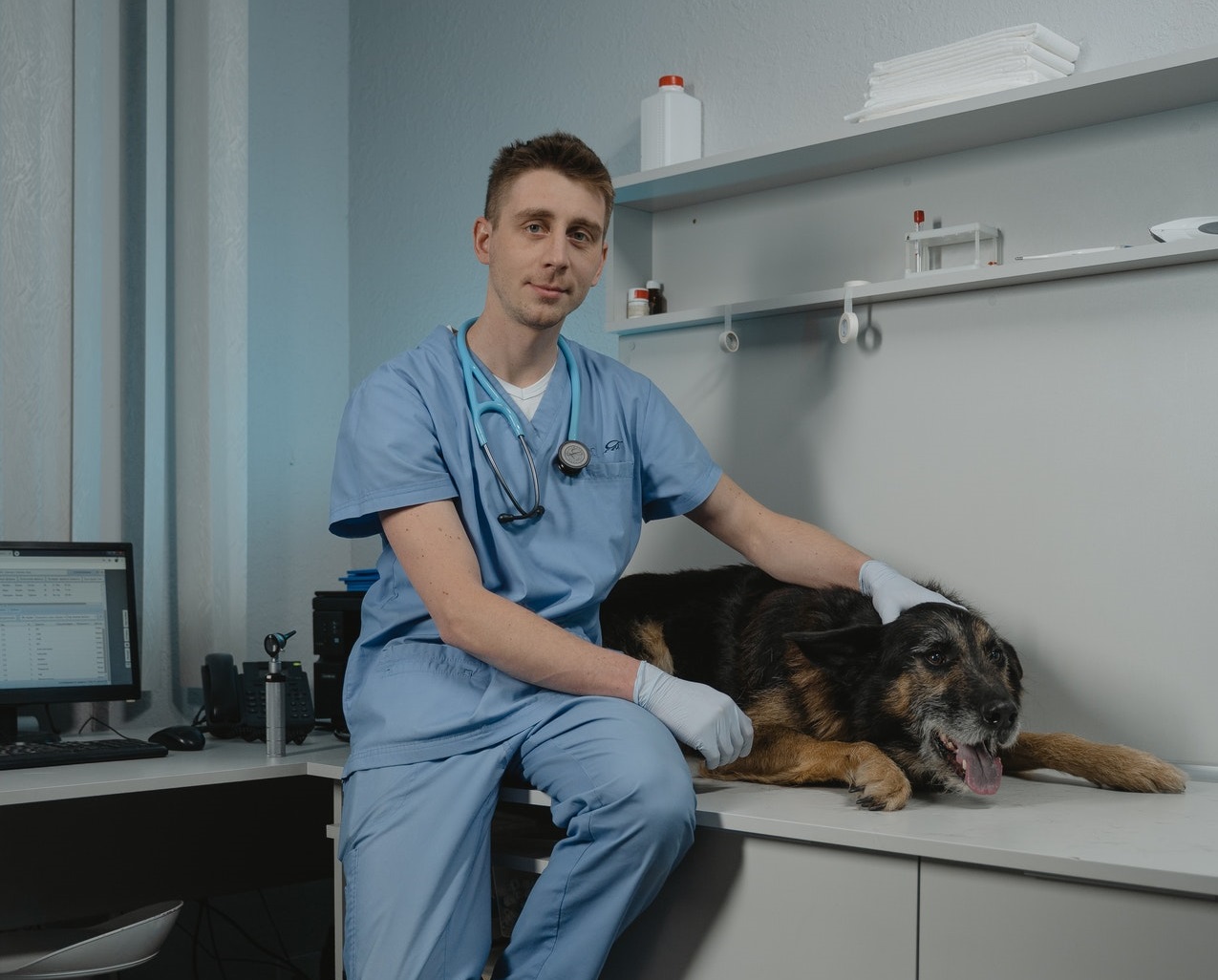
Microchipping your pet dog can save its life, help locate it as well as help with moving to another country. There are many pet databases online that offer microchipping services but it is important to know that not all microchips are the same. There are different standards to consider but for the purposes of this article, we will focus on the 15-digit ISO standard that is adopted worldwide. We advise against using microchips with 9 or 10 digits as they are not widely recognized and depending on where you want to move you might need to implant a new microchip in your dog. ISO refers to the 'International Standards Organization'. To be Certified as ISO, the chip must operate at a radio frequency of 134.2 kHz and feature 15 digits. You will be hard-pressed to find a veterinary clinic, an animal shelter, or an airport that does not have a reader for ISO-compliant microchips. If you want to know more about microchip standards, you can check this page.
How Much Would It Cost?
Microchipping your pet is likely to cost about 40 USD at your local veterinary clinic. If you are willing to add extra items towards your care for your dog it may cost more. What I mean by “extra items” is buying a solid metal tag and a reliable collar. The metal tag can be manufactured from aluminum or another lightweight metal and it can feature the pet’s microchip number, insurance company phone number, and even your contact details. The text on the tag depends on how comfortable you are with having your contact details listed on the tag. Most people choose to have only the microchip number, the pet’s name, and a phone for an insurance company or a link to an online pet registry. We recommend against buying a plastic pet tag as they can be easily broken and might not retain their writing very well. You should definitely invest in a good collar for your pet as it will be the primary tool to keep the tag on your pet. You could have a custom collar with extra information about your dog like their name or special text.
Does the Microchip Have GPS?
No, the microchips only include the pet’s registration number and manufacturer information. If you need the convenience of locating your dog via GPS I recommend buying a small GPS tag and attaching it to your pet’s collar. The prices of pet tracker devices range from 30 USD to about 130 USD and you need to decide how much you want to invest. Many people might be already familiar with the Apple AirTag which is priced at about 25 USD and can be used to locate your pet. I want to mention the Tractive GPS DOG 4 Dog Tracker that comes at about 50 USD and has a lot of smart features like geofencing, activity alerts, and others. If you are looking for top-tier pet tracking and activity monitoring, you might want to check the Fi Series 2 tag but keep in mind it will cost about 150 USD.
When to Implant the Microchip?
The microchip can be implanted into puppies and small animals at the age of 4-5 weeks. Just consult your veterinarian in advance and maybe consider getting insurance for your pet at your local insurance company. You might want to know that the American Animal Hospital Association has a universal tool to search for microchip numbers here and can be useful in locating your pet.
What Are Some of the Problems Associated With Microchips?
Migration of the microchip from its original implantation site is the most common problem reported but only a very small number of pets encounter this problem. Microchip malfunction, hair loss, infection, swelling, and tumor formation, were reported in even lower numbers.
Can/Should I Remove the Microchip?
The pet microchip can be removed by your veterinarian in case of an issue, but that will require anesthesia and surgery so it is best avoided. Just make sure your vet scans the microchip at least once per year and checks for potential problems.
Why Is the Microchip Not Showing on Scans?
Sometimes the pet does not stay calm and wriggle around which will interfere with the scan and results may not show up. Try to gently calm the animal and try the scan again. Fat deposits and a metal collar have been known to block scans and you should remove the collar when possible.
As mentioned above, microchipping your pet can save its life since lost animals may end up in shelters and may be added to queues for euthanization. This is a very tragic occurrence, but fortunately, it is very rare as most animal care facilities have forward-and-backward reading scanners that ensure the proper read of microchips. Microchips do not require “maintenance” and should not be implanted by the owner (unless they are a veterinarian) at home. The process may look like a simple injection but that is far from it. A trained vet can choose the correct location, apply the necessary pressure, and recognizes signs of health problems that may stem from implanting the microchip. Please make sure to microchip your pet at a trusted professional.










